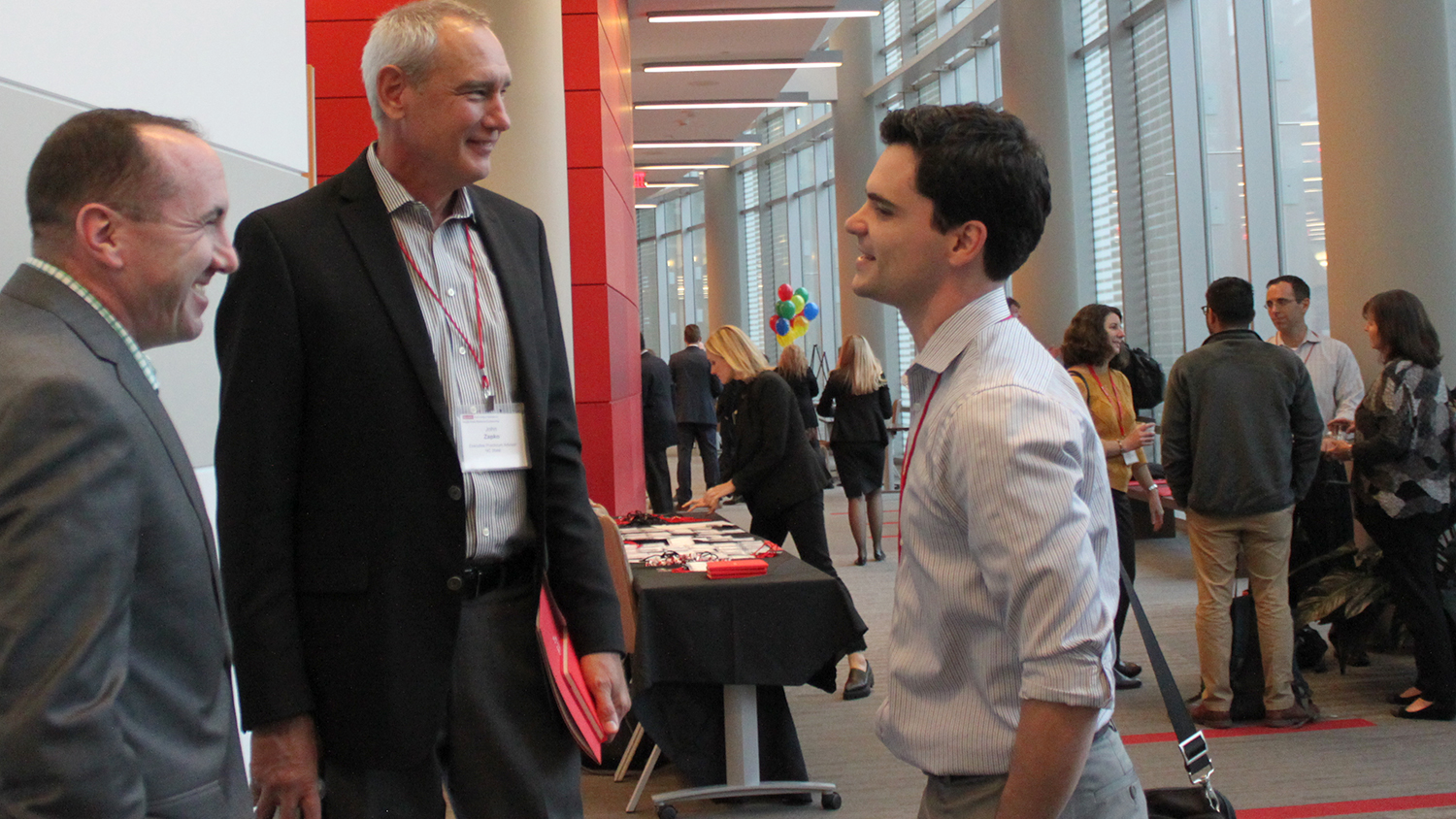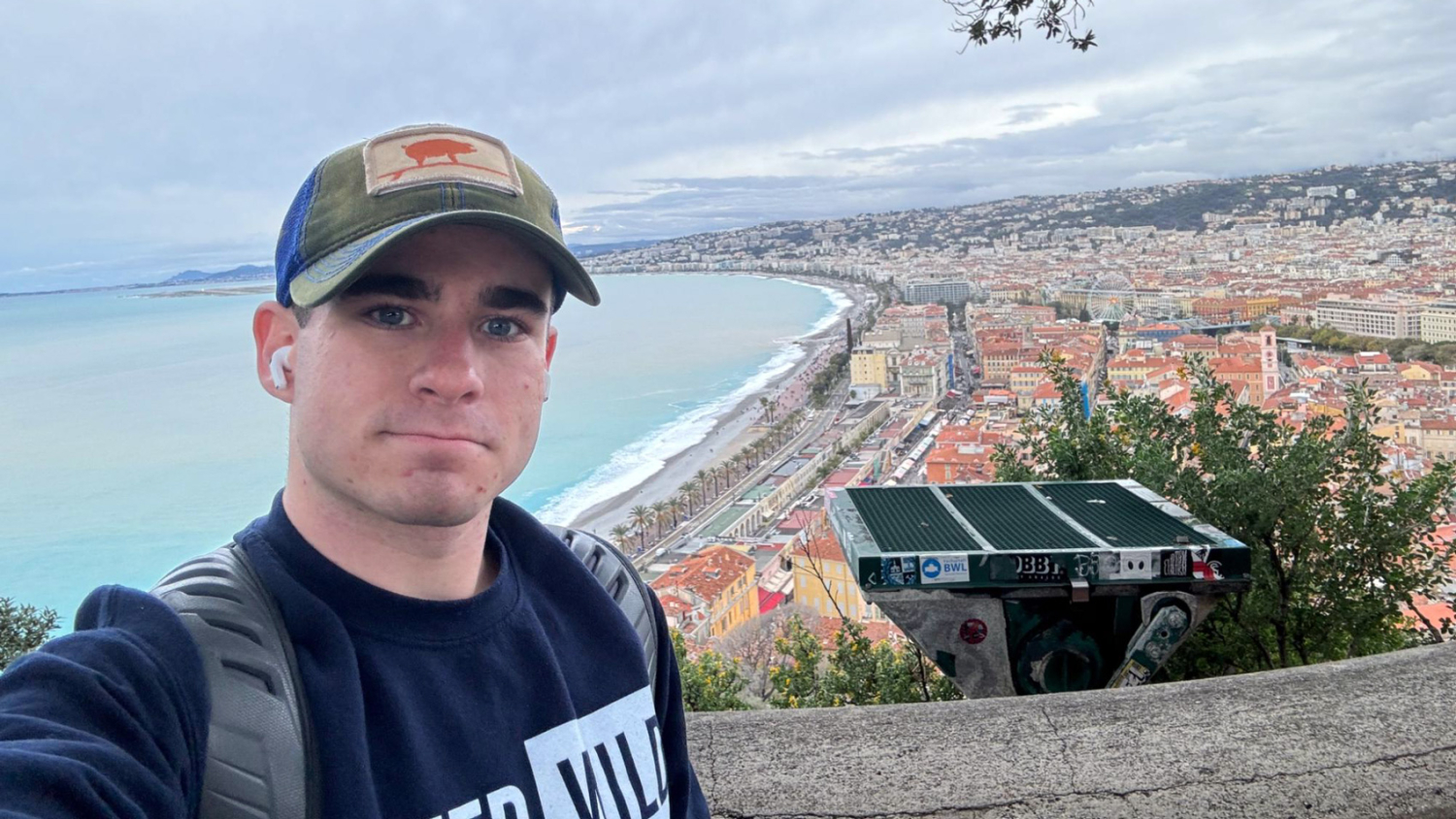Reflections on the LIVING Supply Chain and Fall 2016 SCRC Meeting

The following is abstracted from a post by Rob Handfield, Ph.D., Bank of America University Distinguished Professor of Supply Chain Management and director of the Supply Chain Resource Cooperative (SCRC) at the NC State Poole College of Management. He was summarizing key discussion points from the November 30, 2016, SCRC meeting in Raleigh.
Handfield began the meeting with a discussion of points from his new book, “The LIVING Supply Chain,” written with co-author, Tom Linton, chairman at the Institute of Supply Management. Their book is slated for publication in 2017.
The SCRC fall 2016 meeting included breakout sessions that provided participants an opportunity to discuss what the ‘living’ supply chain means for companies seeking to start creating their own real-time, globally transparent supply ecosystem. Following is Handfield’s summary of the meeting, pulled from his blog, Supply Chain View from the Field on the SCRC website.
In my session, I articulated some of the “New Rules of Supply Chain Management” that follow along the lines of the natural world that exists in the Serengeti and in nature. Many of these rules have to do with the idea of creating a broader view of the supply chain as a LIVING network of entities that rely on their mutual balance to remain healthy.
For instance, I referred to the example of the wolf population in Yellowstone, a perfect example of what naturalists call a “trophic cascade.” The elimination of wolves led to a massive growth in the elk population and coyote populations, which led to a drop in the antelope population, as well as a reduced number of willows and aspens due to over-feeding. The restoration of predators in the system resulted in the more balanced ecosystem.
In the same way, supply chains require competition to thrive, but also require the entities to operate in harmony. The ability to visualize what is happening in your end to end supply chain in real-time, through the massive shifts in cloud computing, big data, visualization, and mobile technology, is shifting our ability to monitor the health of our ecosystem. Managers who think about not just the technology shifts, but the shift in mindset as we move more towards “federated”, integrated networks, will be the ones that will avoid extinction in the massive shifts that lie ahead.
This discussion was followed up by a great presentation from Vince Messimer, who is retiring from Shell Oil after 34 years with the company as their head of procurement for Shell Manufacturing. Vince shared six of his “lessons learned” that relate to creating the right mindset for decision-making using a “total cost of ownership” approach, which is an essential principle for operating the supply chain ecosystem. While this approach has been around for many years, the practical realities of adopting it in decisions is challenging, especially in the oil and gas industry. Vince said, “My job in Shell is to drive complex change – when you are accountable for driving change and the challenges are predictable. Secondly, I believe that in all industries, there are pockets of examples of total cost of ownership. The biggest challenge is that it is not systemically done throughout the company.”
He articulated six challenges with deploying TCO in the company.
- Total Cost of Ownership is determined by Purchase Price (20%) + Demand (40%) and specification/service level (40%). Purchasing focuses mostly on the first component, as the last two are difficult to control and measure.
- The diversity of the business portfolio in oil and gas is so complex, it is difficult to measure TCO across the business.
- Senior leadership priorities are diverse. Vince gave a great example using a picture of a pipe rack. “You want a pipe rack to be built to industry specifications. You want your craft labor operations people to use it. If you work in our projects and technology, and you believe the Shell spec is better because it has has less risk, easier to maintain, it makes sense to buy it that way. But the Shell spec will cost 30% more. If you are an Executive VP with oversight over 20 sites around the world, and you do turnarounds every 15 years and you tear out the piperack every 15 years, you have different priorities. So how do you calculate TCO?”
- Business Planning and Accounting Practices may drive different behaviors. For example, OPEX is about ongoing costs for running a product or business. Maintenance manager cares about that. He gets budget and wants to do it as easy as possible. CAPEX is the cost of developing the non-consumable parts for the product or system (Growth CAPEX or Stay in Business CAPEX (turnarounds)). This is really important and finance is your partner. COGS is a direct cost attributable to the production of the goods sold and done in aggregate. So how does TCO operate vis a vis these different accounting practices?
- Information Systems. Most companies use large ERP systems such as SAP or Oracle or others. These systems make life harder for the business to operate. Yet we want to bolt on more systems for procurement to make their life harder still!
- Do we have senior leaders that are ready? It takes some development to get them where they are ready. In general, SCM professionals are not always ready to be the ones to drive change, and aren’t equipped to be able to truly lead that change. Vince’s observation for young poeple graduating is that “your first job should be to go out and work in an asset. Go work in a warehouse in Odessa Texas (which is how I got started), and see how that asset is operating in the real world! That is the key to understanding how to drive change, as you see how the business really operates!”
The breakout sessions highlighted many of the points from the previous two sessions. Some of the discussion points that came out of the breakouts:
- We’re looking at increasing visibility of the supply chain as a whole so that everyone is looking at the same figures. We’ve implemented portals that help the suppliers to have input. The next level is to make an integrated portal for us and our suppliers to interact.
- We do a lot of this collaboration when we’re in the heat of battle. Is there an appetite for the type of collaboration that shines a light 18 months down the road to determine where the trouble spots might be later on?
- From a procurement standpoint, we get updates daily. Further down the supply chain, we do not get real-time data. We’re working on on-time delivery and sharing real-time information with our suppliers.
- The reporting data that we get on cost sometimes requires us to be reactive because it might come a month later. We’re working on getting it after a week, which would be an improvement for us. The closer we can get to real-time data, the closer we get to developing a just-in-time system.
- The dashboard is the easiest part. I spend 90% of my time doing the data mining to get the right data. The biggest key is figuring out which question you want to answer. Visualize the dashboard that you’d like to see and then determine what type of data we need report on in order to achieve those visualizations.
There were many more comments and discussions that came out of the meeting, but these are some of the highlights. Following the breakouts, the student gallery walk featured 28 student projects presented on poster boards. Walking around and looking at student projects was fascinating! I’m proud of all of our students for their accomplishments this semester, as well as the project sponsors who worked with them to bring their ideas to fruition. The winners of the project competition included the Revlon Transportation Dashboard project at the undergraduate level, and “Project Meatball” who worked with the NC State Center for Environmental Farming at the MBA level. However, all the projects were really, really good this year (as always!)
If you missed the meeting this year, then we hope to see you on April 20, 2017, for the next SCRC meeting. Put it on your calendar!
- Categories:


